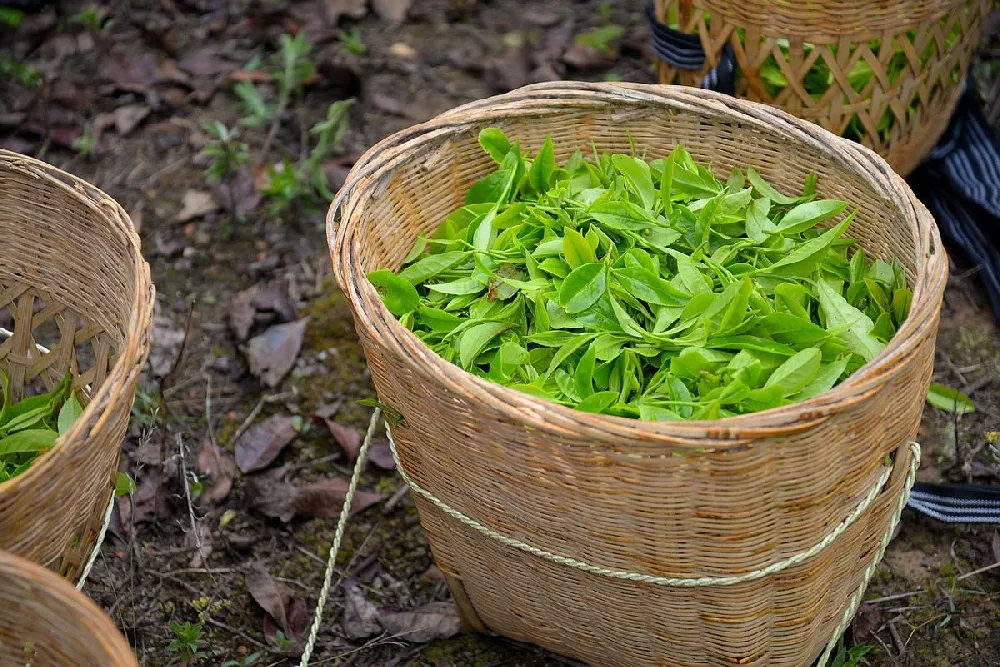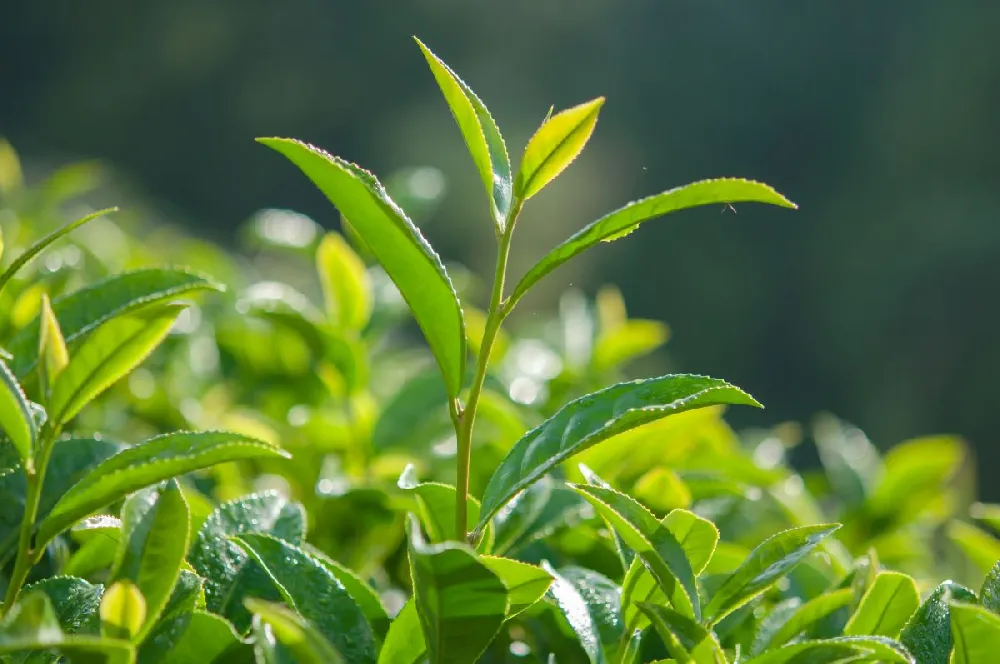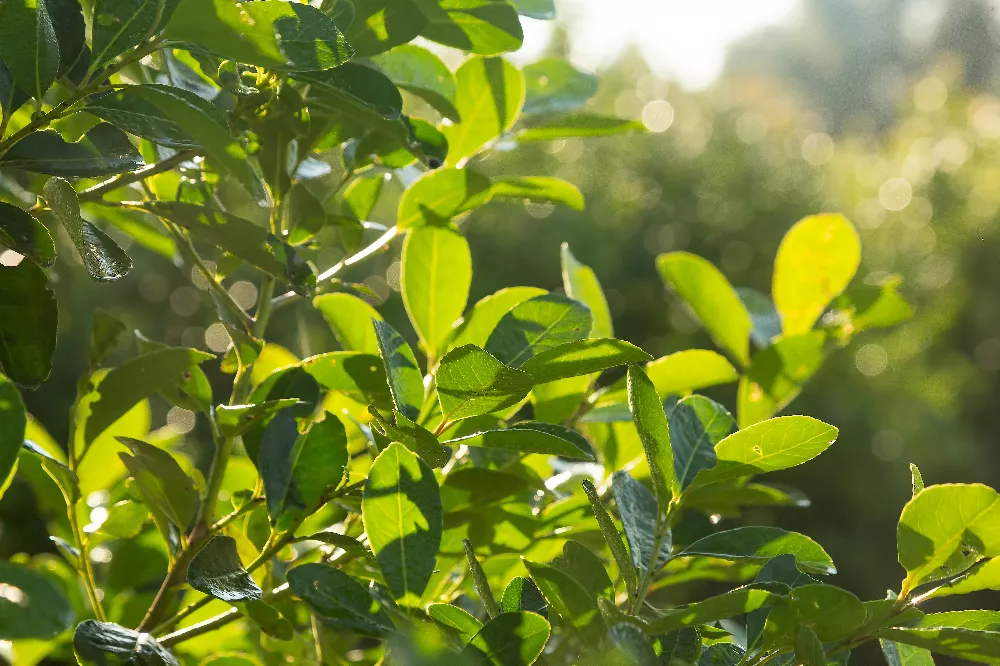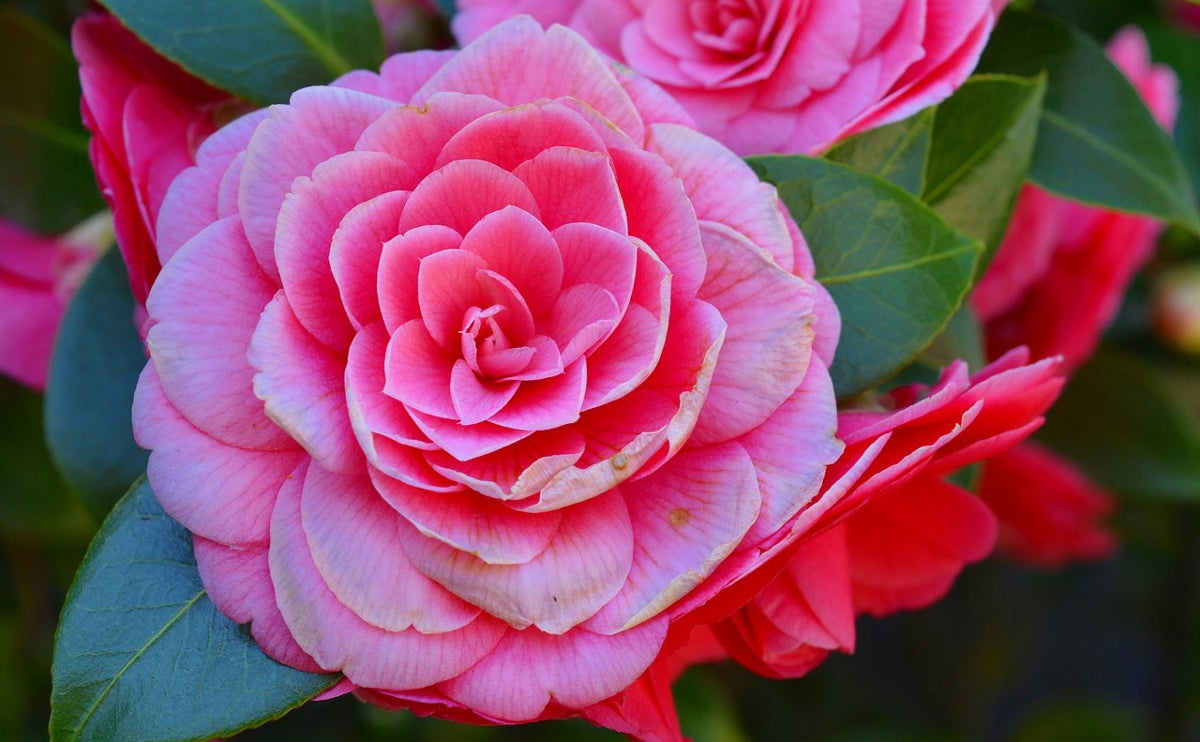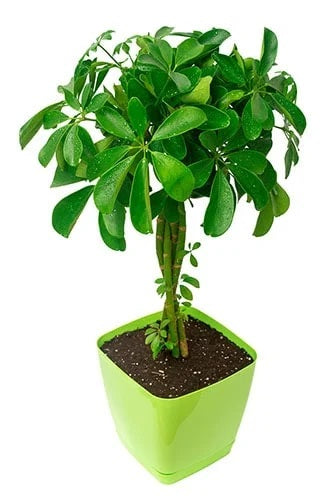- Home >
- Cold Hardy Tea Plants
Cold Hardy Tea Plants for Sale - Buying & Growing Guide
Filters
Price Range
Growing Zones
Plant Type
Sunlight
Mature Height
Plant Characteristics
3 Results
Cold Hardy Tea Plants – Buying & Growing Guide
You may think of tea as a plant grown in far-off regions, but it actually thrives in parts of the U.S. Shop our cold hardy tea plants and grow and harvest your own tea leaves.
Types of Tea Plants
| Type | Growing Zones | Mature Height | Harvest Season | Sun | Features |
| Camellia sinensis ‘Black Sea Tea’ | 7a-9 | 8 feet | Spring-summer | Partial to full sun (six hours or more) | Vigorous growers; leaf size 4.5 inches x 1.5 inches |
| Camellia sinensis var. assamica | 7b-9 | – | Spring-summer | Partial to full sun (six hours or more) | Tree-like growth; excellent black tea; leaf size 5 inches+ |
| Camellia sinensis ‘China | 7a-9 | 8 feet | Spring-summer | Partial to full sun (six hours or more) | Open-pollinated; heavy blooms; leaf size 5 inches x 2.5 inches |
| Camellia sinensis ‘Korea’ | 7a-9 | 6 feet | Spring-summer | Partial to full sun (six hours or more) | Very cold-hardy; compact; good for containers; leaf size 4.5 inches x 2 inches |
| Camellia sinensis ‘Fuiri’ | 7b-9 | 5 feet | Spring-summer | Partial to full sun (six hours or more) | Variegated cultivar; slow to develop; leaf size 3.5 inches x 1 inches |
| Camellia sinensis ‘Large Leaf’ | 7a-9 | 15 feet | Spring-summer | Partial to full sun (six hours or more) | Large reticulated leaves, can become multi-trunk trees; leaf size 6 inches x 3 inches |
| Camellia sinensis ‘Rosea’ | 7a-9 | 8 feet | Spring-summer | Partial to full sun (six hours or more) | Slow growth; good for containers; leaf size 2.5 inches x 1 inches |
| Camellia sinensis ‘Yellow Tea’ | 7a-9 | 5 feet | Spring-summer | Partial to full sun (six hours or more) | Yellow-spotted, large leaves; slow growth; good ornamental plant; leaf size 6.5 inches x 2.5 inches |
| Camellia sinensis ‘Sochi’ | 6b-9 | 8 feet | Spring-summer | Partial to full sun (six hours or more) | Very cold hardy and vigorous growers; leaf size 4.5 inches x 2.5 inches |
| Camellia sinensis ‘Mountain Nepal’ | 7b-9 | 7 feet | Spring-summer | Partial to full sun (six hours or more) | Native to high-altitude regions; leaf size 4 inches x 2 inches |
How to Plant Cold Hardy Tea Plants
Tea plants are happy in well-drained acidic soil with a pH of 5.5 or lower. Conduct a soil test before planting tea plants, and if necessary, amend your soil with a product such as sphagnum peat, elemental sulfur, aluminum sulfate, or another recommended acidifier.
Tea plants come in a variety of sizes. Be aware of your plant’s eventual mature size when you plant and allow spacing to reflect that. Most tea plants are roughly as wide as they are tall, so if you are planting a variety that matures at six feet, leave about 12 feet between it and another tea plant.
How to Grow Cold Hardy Tea Plants
- When. Tea plants should be planted in spring, after the last frost of the season, or early fall, before the first frost.
- Where. Choose an open site with plenty of room for your plants to stretch out, in a spot with fertile, well-draining, acidic soil. Tea plants need at least six hours of sun a day.
- How. Dig a hole that’s twice as wide and deep as the plant’s root ball, and backfill it halfway with soil that’s had well-seasoned manure or compost added. Place the root ball firmly in the hole so that the plant is at the same level it was in its pot, and fill around it with amended soil. Tamp down the soil, water thoroughly, and mulch around the plant’s drip line.
How to Care for Cold Hardy Tea Plants
- Watering. Water your tea plant weekly with about an inch of water until it is established. After that, it should be fine without supplemental watering unless you’re experiencing drought conditions.
- Nutrients. Fertilize in early spring with a balanced, slow-release product. If the plant is not producing enough leaves, give it a boost of nitrogen-heavy fertilizer, but no later than July.
- Pruning. Prune first-year pants to a height of 6-10 inches; for the next few years, prune to encourage branch spread. Prune in late fall to prime the plant for spring growth.
- Pollination. Tea plants are not self-fertile, but unless you are growing to harvest seeds, you do not need more than one plant.
- Harvesting. During the spring and summer, harvest up to four times, taking only the newest growth — usually the two top leaves and the bud. The bush should be 3-5 years old before you start harvesting leaves. Drying the tea will reduce it to about 20% of the weight of the freshly harvested leaves.
